#Sewerage and Water
Text
UK GDP rebounds by 0.2% in January
We are in the part of the month when we get a sequence of UK economic figures and this morning it was the economic output series. So we can start with better news on the Gross Domestic Product front.
Monthly real gross domestic product (GDP) is estimated to have grown by 0.2% in January 2024, following a fall of 0.1% in December 2023.
So we can start 2024 with the hope that it will be a better…

View On WordPress
#Bank of England#business#Construction#economy#energy prices#Finance#Gas#GDP#Interest Rates#Manufacturing#Mining#North Sea Oil & Gas#Production#Services#Sewerage and Water#strikes#UK
0 notes
Text
https://www.advanceequipment.in/effluent-treatment-plant-manufacturer-supplier-in-punjab-india.php
#sewage treatment plant#water treatment plant#sewage treatment plant process#water treatment#sewage treatment#sewage treatment plant on ships#wastewater treatment#sewage treatment process#sewage treatment plants#marine sewage treatment plant#sewerage treatment plant#wastewater treatment plant#sewage treatment plant animation#sewage treatment plant working model#effluent treatment plant#marine sewage treatment plant working principle#treatment process
3 notes
·
View notes
Text

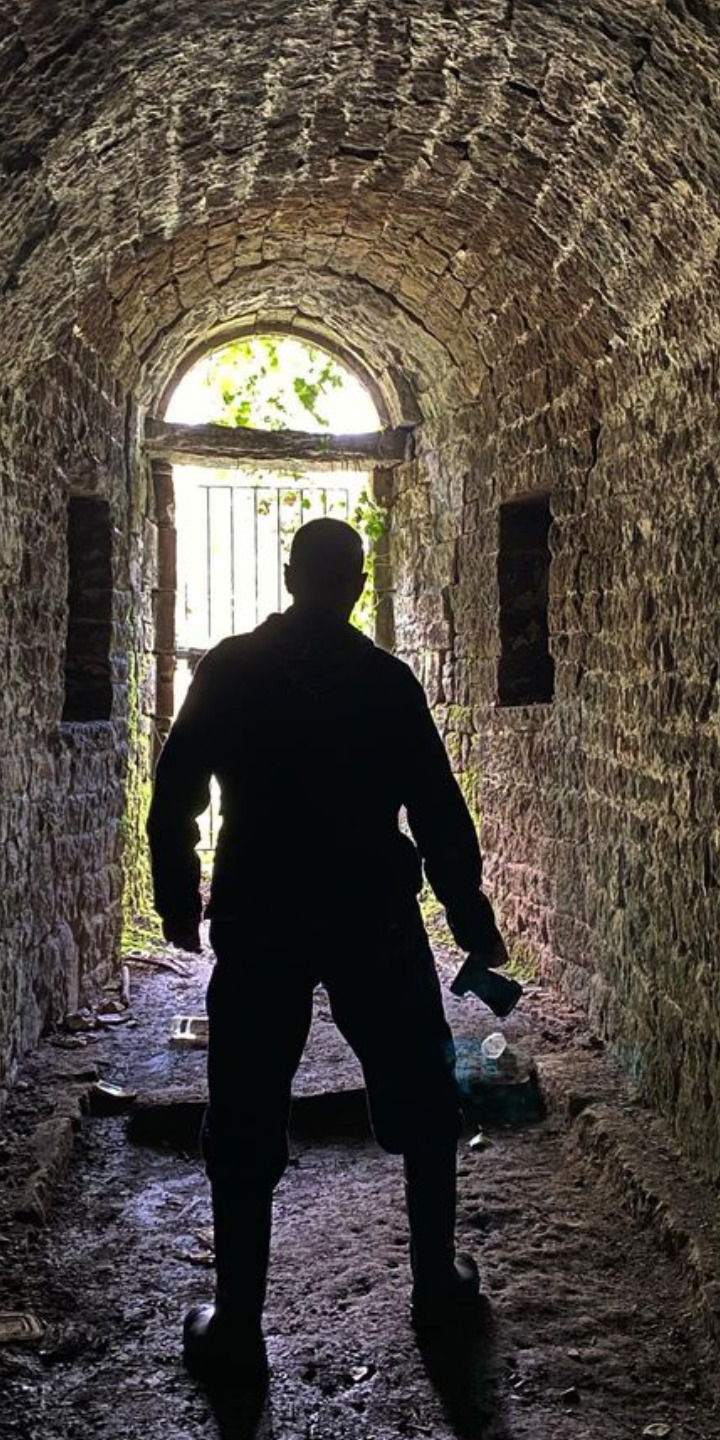
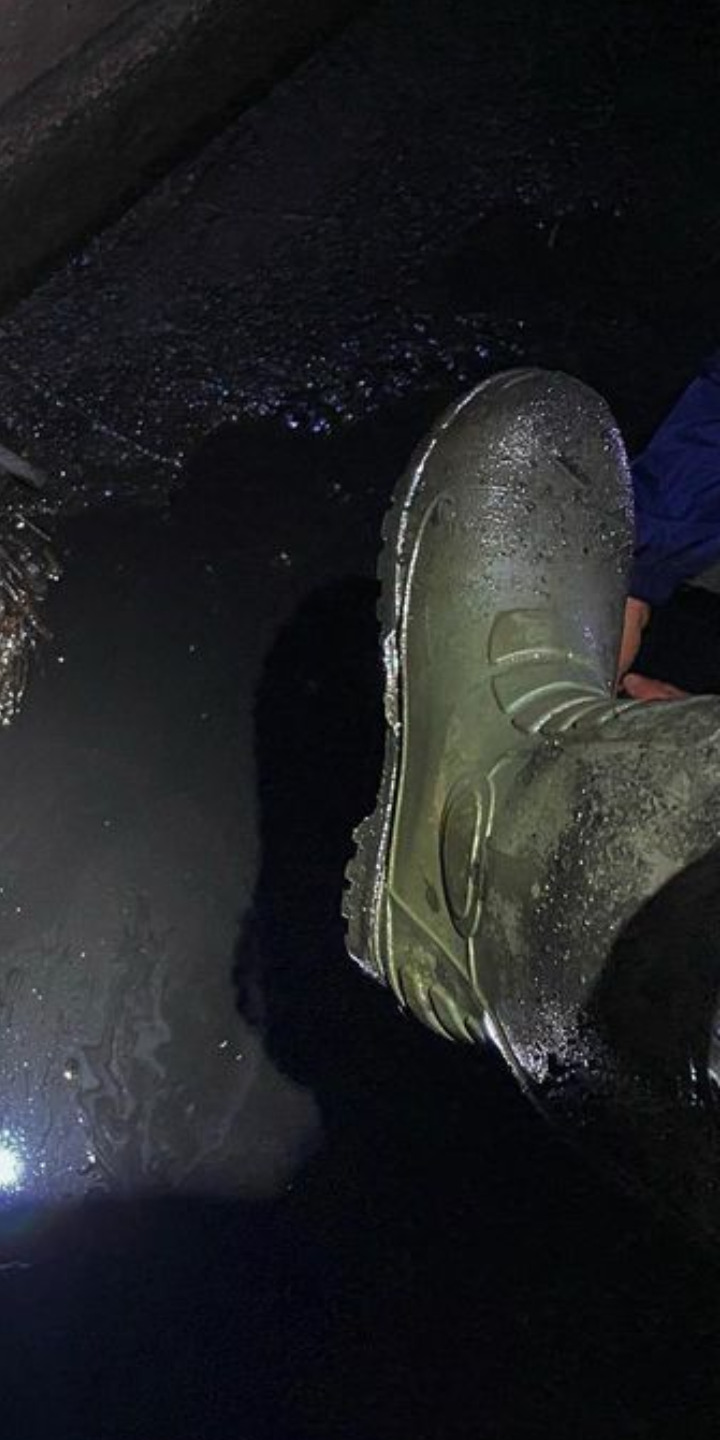





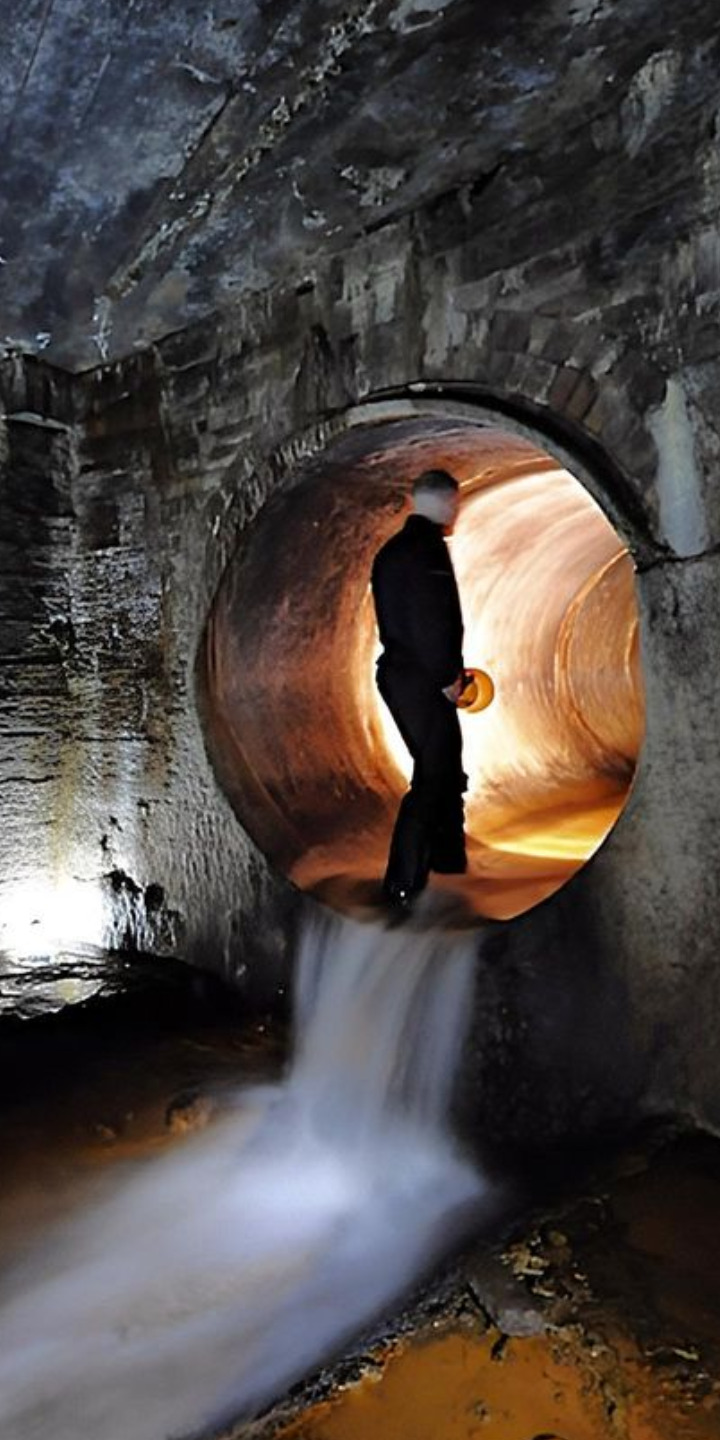

Finding humans and homeless vermins underground cities between of misering and turds
#capture#hunting#exterminator#sewerage#turds#homeless crisis#calm#black water#depressing shit#stomper#crushing#punisherman
3 notes
·
View notes
Text
Water and Soil: What is water? (4) (4/6)
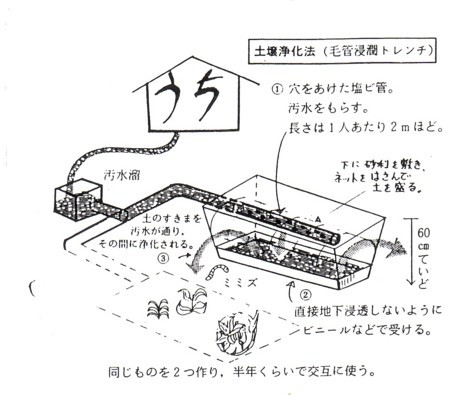
Soil Purification Method
(6 episodes in all, I will post an article I wrote in a mini comic magazine from 1984 to 1985. It is old, but I admit that it still has a certain value. My writing This is an article about training. Episode 4)
‥‥‥‥‥‥‥‥‥‥‥‥‥‥‥‥‥‥‥‥‥‥‥‥‥‥‥‥‥‥
"My elder brother is doing the food, thinking that I am doing sewerage --- the one who goes in, so this one is the one who goes out (stools)." --- My friend S talked to me. This clarity took my breath away. "Well, it's most important of everything." --- At that time, both he and I were in the "water treatment group" that researched Jun Ui's sewerage technology. In other words, I was doing monotonous experiments of boiling and baking sewage all day long.
By the way, the "sewer" is a technology that goes from the hose of the kitchen or toilet to the sea through the sewer pipe and the treatment plant. What we do at the core treatment plant is "water clearance". For example, put miso (Japanese seasoning) in water and stir it. If you leave it for a while, the upper part will become thinner and the mass of miso will sink to the bottom. The treatment plant is very similar to this. The pollutants in the water are "nutrition", and when the soil is put in and stirred, the microorganisms in the soil feed on the nutrients and grow. At this time, a large amount of air is sent in to help their breathing. Next, if left without sending air, microorganisms (called "activated sludge") will settle because they are heavier than water, so the water from the upper will be released. Activated sludge, which is a living thing, is charming because it really turns red miso when it is in good condition. However, there are quite a few things that cannot be removed because they are not big enough to eat anything.
Then, what to do with activated sludge after draining water --- what you borrowed from the soil is returned to the soil --- this is the iron rule, but that is not the case. The current sewerage system is easy to accept not only domestic wastewater but also factory wastewater, and if heavy metals and other harmful substances are mixed in the latter --- activated sludge containing a large amount of it is It is a weak point of sewerage. “Even if it is boiled or baked, it cannot be eaten.” If sludge is incinerated, the area around the chimney will be contaminated with heavy metals. We can't even return it to farmland. Mostly, they are outsourced to a contractor and landfilled or dumped in forests or oceans. (Author's note: Sludge ash containing radioactive substances generated by the Great East Japan Earthquake cannot even do that.) However, the problem is not limited to factories.
A huge pyramid is about to be built on such an uncertain foundation. Regarding "basin sewerage", which treats sewage at the level of one million people a day, there are proceedings against construction in various places, and in reality, many books can be written, but I will not mention much here. (For details, see Junko Nakanishi's "Urban Revitalization and Sewerage" (Nihon Hyoronsha). This is a good book about sewerage full of contradictions.
Actually, what I want to stick to is something more modest. I have vaguely used the word "dirt" in this series so far, but what exactly is this? To put it a little out of the ordinary, isn't it a "flush toilet"? Those that have a two-sided relationship with the benefits of "sewerage". In other words, let's do "dirty things", useless things, and foreign things far away and invisible. That's because I think it's based on the idea that the rest will be somehow. The first half of this idea is the arrogance that "I" has disappeared somewhere. The second half is irresponsible for pushing your luggage against something else. ――― In other words, the “flush toilet” is made up of arrogance and irresponsibility! ――― Is that too much to say? Will the end result be "nothing can be done"?
There is a sewerage technology called "Soil Purification Method". This is a technology that can be made one by one, which is said to be a reaction to the unnecessarily huge sewerage system. Instead of the conventional method of "treating water as water", it is intended to guide water to the basement and purify it with the powerful power of microorganisms, plants, earthworms, etc. in the soil. Since it depends on the power of the soil from the beginning, it seems that the water is actually considerably purified. However, not everything can be shed. For example, synthetic detergent. The soil dies. Also, stool. As I wrote in the first part of this series, soil is relatively incapacitated, and nitric acid, which is decomposed by proteins, causes groundwater pollution. The problem with this stool is the weakness of the soil purification method. (Although it is the whole sewerage system.) With that in mind, I think it is effective if only the wastewater is drained intermittently instead of always emission.
However, the idea of "leading water into the soil" is not perfect. Sure, there is nothing more convenient than soil to suppress odors, but isn't that exactly the "flush toilet"? In that case, I think it is more straightforward to sprinkle water, and like the old farmers, I feel familiar with the idea of using sewage as a fertilizer for the fields, keeping it close to every one. The other is that once you make a fixed device, you tend to overconfide in its ability and start to shed "dirt" as much as you want.
Now again, we have to think about what "sewerage" or "water treatment" is. Sewerage technology can only be completed by connecting water and soil. It's a good fertilizer. And I think that the blessings of that will help grow vegetables that can be eaten with peace of mind. However, does the analysis show that the "dirt" that is currently treated only as a monster can be used as fertilizer? ――― I think there is an infinite gap between “throwing away” and “keeping it alive”.
* * * * * * * * * * * * * * * * * * * * * * * * * * * * * * *
This is my current situation. One of the things I was thinking about when choosing my current apartment was that it wasn't a flush toilet. In reality, it is an apartment with a flush toilet in Koganei City on the Chuo Line. Although I can evade that there were other factors, I am firmly benefiting from the "sewerage". "Am I making something?" --- "…" At best, store the kitchen drainage without draining it, and sprinkle it later. I pee outside as much as I can.(as fertilizer). Fortunately, there is a vacant lot nearby, so I go to fill the vegetable dregs in my spare time. What a modest resistance. What's more, there is a delicious spring water nearby, and at the same time, the breathless "Nogawa(small river flowing nearby)" is flowing. What can i do?
For less than a year, I have been indebted to the neighboring greengrocer "P" in Kokubunji city. Right now, I work part-time at a store number two or three times a week, and I have a lot of fun, but I still have some concerns. It's the destination of yellow leaves and moldy tomatoes. Of course, depending on how you handle it and the understanding of the customer, you don't have to throw it away, and if I have a surplus, I can eat it, so I think this is a big difference from quarters. However, when arranging radishes in a store, I picked up the frost-damaged leaves, casually pushed them into a bag, and brought them to a garbage collection spot. I think this may be a big deal.
(Note: My teacher, Junko Nakanishi, actually called an installer to install this "soil purification method" and tried water quality analysis, and found that there was no water purification effect. )
Postscript: Human activities reduce soil
* * Water gets dirty,
Soil is gone.
Unexpectedly neglected soil (soil) is rarer than water. I made a trial calculation. In the science chronology (1993 edition), the area ratio between land and ocean is 1: 2.42. Also, the average depth of the ocean is
3795m. One-third of the land will be farmland or forest land, and the depth will be 1.5m. Then the amount (volume) of soil
1 * (1/3) * 1.5 = 0.5 (unit)
The amount (volume) of ocean water is
2.42 * 3795 = 9184 (unit)
There is an overwhelming difference.
However, since ocean water is not available, let's calculate the amount of land water, especially river and lake water. For this, we will use the landwater data of "EIC Net". http://www.eic.or.jp/ecoterm/?act=view&serial=2657
2.5% of the water on the earth is fresh water, of which 0.88% is river / lake water.
So fresh water
9184 * (2.5 / 100) = 230 (unit)
River / lake water
230 * (0.88 / 100) = 2.03 (unit), so river / lake water is soil
2.03 / (0.5) = 4.1 (times)
Although the amount of water in rivers and lakes is small compared to the total amount of water, it is about four times as much as soil. Even if the above settings change, the order (digits) will not change. Do you understand that soil is rarer than water? The soil (soil) here is a soil with a rich biota in which crops can be cultivated.
In the past log, I wrote that "pottery reduces soil",
Here, I would like to broaden my perspective and write with the theory that "human activities reduce soil." In the Ashio copper mine incident in the Meiji era, the forest died due to the sulfur dioxide gas emitted from the smelter, the soil flowed out, and the mountain became Bald Mountain. In addition, harmful metals flowed out from the slag to the downstream area, and the rice fields became barren. "Human activity is reducing the soil" wonderfully. In addition, due to the so-called global warming problem, if the sea level rises, the land will be submerged and effective farmland will become unusable. This would also be a practical example of "human activity reducing soil". Oh yeah, one thing that Southeast Asians think is very short-sighted is that they are crushing fine paddy fields and adding seawater to make them "shrimp farms" because "shrimp sell well in Japan." There is. Paddy fields that can surely produce their own food are turned into farms based on Japanese tastes and economic conditions, and they rely on cash income, so they can only be called stupid. And their activity is "reducing soil" by contaminating it with salt. Back in ancient China, how much wood was cut down and burned when making the Terracotta Warriors and Horses of “the First Emperor”(始皇帝). Rough logging leads to desertification ... China's history is certainly desertification ... a history of reducing soil.
Civil engineering and architectural engineering come first in the classification of the departments of the Faculty of Engineering (in the case of the University of Tokyo), but there are probably fewer fields that "reduce soil" as much as these two academic fields. This is also mentioned in the past logs.
Well, unfortunately, I think it is the truth that "soil is reduced" in return for "human activity".
However, as I did at the beginning of this article, "soil is rarer than water." I think that the time when "soil" disappears is the time when humans perish.
In addition, even if you are engaged in farming, you may reduce (kill) the soil. It's time to cultivate chemical fertilizers and pesticides, but when you think about it, the chemical industry intervenes. If you set up a thesis there, it seems that "human activities related to industry reduce soil". I would call this the "human extinction theorem". (By the way, there is a collection of essays by novelist Shichiro Fukasawa called "Song of the Fall of Humans" (Tokuma Shoten). I sympathize with Fukasawa's sensibility.)
* * Water gets dirty,
Soil is gone.
A word of the day: Even in the ancient Chinese thought "Yin-Yang Five Elements", soil is the most important of the five elements of wood, fire, earth, gold, and water (gogyo: the element that makes the world).
3 notes
·
View notes
Text
TENDER FOR PROVISION OF INSURANCE BROKERAGE SERVICES FOR STAFF MEDICAL COVER 2024 - KIWASCO
KIAMBU WATER & SEWERAGE COMPANY LTD TENDER MARCH 2024
INVITATION TO TENDER
TENDER FOR PROVISION OF INSURANCE BROKERAGE SERVICES FOR STAFF MEDICAL COVER.
TENDER NO. KIWASCO/001/2023-2024
1. The Kiambu Water & Sewerage Company Ltd invites sealed tenders for the
provision of Insurance Services for provision of insurance brokerage
services for staff medical cover
2. Tendering will be conducted…

View On WordPress
0 notes
Text
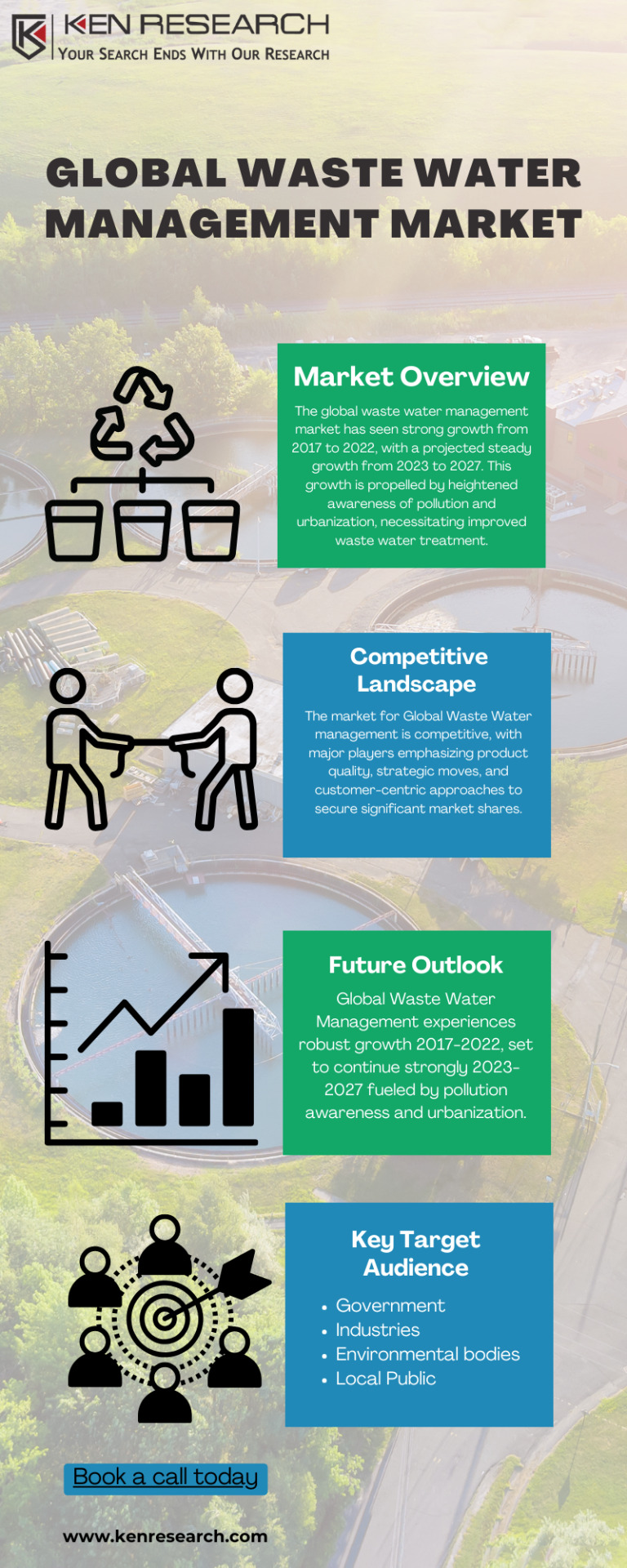
Worldwide Water Waste Management Market 2023-2027
#Global Waste Water Management Market#market research#Global Industrial Waste Water Management Market#Global Sewerage Water Management Market#Global Waste Water Management Market Opportunities#Global Effluent Water Management Market
0 notes
Video
Have a cool factory tour with us, fascinating rainwater harvesting modular tank workshop
#rainwatercollecting#rainwatertank#rainwaterharvesting#rainwatercollection#rainwater barrel#rainwater harvesting#rainwater collection#water storage tanks#water storage#water recycling#water reuse#sewage#sewage treatment#sewarage#sewerage system#rainwater pool#rainwater pond#underground pond#drain water#drainage#modular tank#tank modules#factory tour#workshop tour#factory direct#underground pool#green projects
0 notes
Text
Metro Manila mayors to tackle proposals on temporarily banning businesses and other activities with high water consumption
Summer is only getting hotter here in the Philippines and there have been rounds of water service interruptions that added to the inconveniences of families and businesses. In Metro Manila, the mayors will be meeting soon to discuss key proposals to temporarily halt business and activities that consume a lot of water, according to a Manila Bulletin news report. The head of the Metro Manila…

View On WordPress
#business#Carlo Carrasco#drought#Francis Zamora#governance#Manila Bulletin#Metro Manila#Metro Manila Council (MMC)#Metropolitan Waterworks and Sewerage System Regulatory Office (MWSS-RO)#National Capital Region (NCR)#NCR#news#Philippines#Philippines blog#public service#regulation#regulators#summer#water#WordPress#WordPress.com
0 notes
Text
Smart ‘Joey’ bots could soon swarm underground to clean and inspect our pipes

- By Mischa Dijkstra , Frontiers -
Researchers from the University of Leeds have developed the first mini-robot, called Joey, that can find its own way independently through networks of narrow pipes underground, to inspect any damage or leaks.
Joeys are cheap to produce, smart, small, and light, and can move through pipes inclined at a slope or over slippery or muddy sediment at the bottom of the pipes. Future versions of Joey will operate in swarms, with their mobile base on a larger ‘mother’ robot Kanga, which will be equipped with arms and tools for repairs to the pipes.
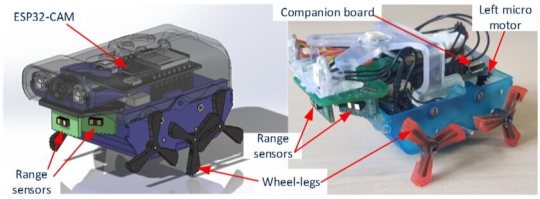
Image: Joey’s design. Credit: TL Nguyen, A Blight, A Pickering, A Barber, GH Jackson-Mills, JH Boyle, R Richardson, M Dogar, N Cohen
Beneath our streets lies a maze of pipes, conduits for water, sewage, and gas. Regular inspection of these pipes for leaks, or repair, normally requires these to be dug up. The latter is not only onerous and expensive – with an estimated annual cost of £5.5bn in the UK alone – but causes disruption to traffic as well as nuisance to people living nearby, not to mention damage to the environment.
Now imagine a robot that can find its way through the narrowest of pipe networks and relay images of damage or obstructions to human operators. This isn’t a pipedream anymore, shows a new study in Frontiers in Robotics and AI by a team of researchers from the University of Leeds.
► Read original article
► Download original article (pdf)
“Here we present Joey – a new miniature robot – and show that Joeys can explore real pipe networks completely on their own, without even needing a camera to navigate,” said Dr Netta Cohen, a professor at the University of Leeds and the final author on the study.
Joey is the first to be able to navigate all by itself through mazes of pipes as narrow as 7.5 cm across. Weighing just 70 g, it’s small enough to fit in the palm of your hand.
Pipebots project
The present work forms part of the ‘Pipebots’ project of the universities of Sheffield, Bristol, Birmingham, and Leeds, in collaboration with UK utility companies and other international academic and industrial partners.
First author Dr Thanh Luan Nguyen, a postdoctoral scientist at the University of Leeds who developed Joey’s control algorithms (or ‘brain’), said: “Underground water and sewer networks are some of the least hospitable environments, not only for humans, but also for robots. Sat Nav is not accessible undergound. And Joeys are tiny, so have to function with very simple motors, sensors, and computers that take little space, while the small batteries must be able to operate for long enough.”
Joey moves on 3D-printed ‘wheel-legs’ that roll through straight sections and walk over small obstacles. It is equipped with a range of energy-efficient sensors that measure its distance to walls, junctions, and corners, navigational tools, a microphone, and a camera and ‘spot lights’ to film faults in the pipe network and save the images. The prototype cost only £300 to produce.
Mud and slippery slopes
The team showed that Joey is able to find its way, without any instructions from human operators, through an experimental network of pipes including a T-junction, a left and right corner, a dead-end, an obstacle, and three straight sections. On average, Joey managed to explore about one meter of pipe network in just over 45 seconds.
To make life more difficult for the robot, the researchers verified that the robot easily moves up and down inclined pipes with realistic slopes. And to test Joey’s ability to navigate through muddy or slippery tubes, they also added sand and gooey gel (actually dishwashing liquid) to the pipes – again with success.
Importantly, the sensors are enough to allow Joey to navigate without the need to turn on the camera or use power-hungry computer vision. This saves energy and extends Joey’s current battery life. Whenever the battery runs low, Joey will return to its point of origin, to ‘feed’ on power.
Currently, Joeys have one weakness: they can’t right themselves if they inadvertently turn on their back, like an upside-down tortoise. The authors suggest that the next prototype will be able to overcome this challenge. Future generations of Joey should also be waterproof, to operate underwater in pipes entirely filled with liquid.
Joey’s future is collaborative
The Pipebots scientists aim to develop a swarm of Joeys that communicate and work together, based off a larger ‘mother’ robot named Kanga. Kanga, currently under development and testing by some of the same authors at Leeds School of Computing, will be equipped with more sophisticated sensors and repair tools such as robot arms, and carry multiple Joeys.
“Ultimately we hope to design a system that can inspect and map the condition of extensive pipe networks, monitor the pipes over time, and even execute some maintenance and repair tasks,” said Cohen.
“We envision the technology to scale up and diversify, creating an ecology of multi-species of robots that collaborate underground. In this scenario, groups of Joeys would be deployed by larger robots that have more power and capabilities but are restricted to the larger pipes. Meeting this challenge will require more research, development, and testing over 10 to 20 years. It may start to come into play around 2040 or 2050.”
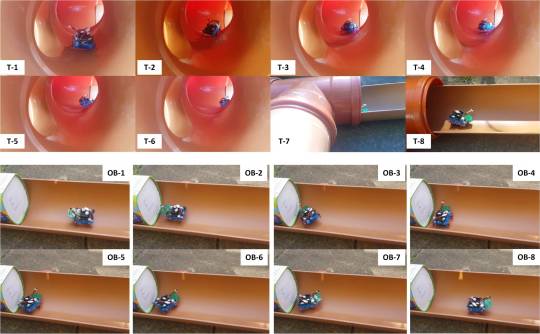
Image: Top half> navigating through a T-junction in the pipe network. Bottom half> encountering an obstruction and turning back. Credit: TL Nguyen, A Blight, A Pickering, A Barber, GH Jackson-Mills, JH Boyle, R Richardson, M Dogar, N Cohen
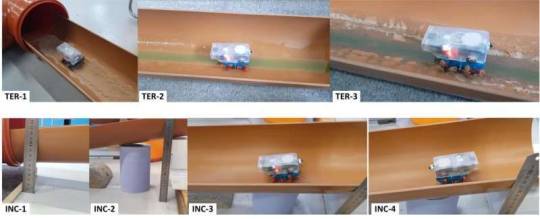
Image: Top half> moving through sand, slippery goo, or mud. Bottom half> moving through pipe sloped at an angle. Credit: TL Nguyen, A Blight, A Pickering, A Barber, GH Jackson-Mills, JH Boyle, R Richardson, M Dogar, N Cohen
--
Source: Frontiers
Read Also
An army of sewer robots could keep our pipes clean, but they’ll need to learn to communicate
0 notes
Text
me, wanting to write a grounded isekai wip: hm yeah i think i’d like my wip to be reminiscent of the time period i’m going to draw influences for the fashion. yeah that’ll do, i’ll just have to focus on my characters from now on!
me now, who went a little overboard: there’s gonna be prototype motorcycles in this story because why not, i make the rules.
#rosie's txt#for context the wip now draws a tiny bit from steampunk for the villains#they’re basically imperialistic bastards#my mc steals a prototype at one point to save a friend and decides to improve on it#bc yeah being from a modern world does wonders to being trapped in a world with no sewerage and hot water
0 notes
Text
https://www.advanceequipment.in/
#sewage treatment plant#water treatment plant#sewage treatment plant process#water treatment#sewage treatment#sewage treatment plant on ships#wastewater treatment#sewage treatment process#sewage treatment plants#marine sewage treatment plant#sewerage treatment plant#wastewater treatment plant#sewage treatment plant animation#sewage treatment plant working model#effluent treatment plant#marine sewage treatment plant working principle#treatment process
1 note
·
View note
Text
GWSSB Recruitment for Law Officer Posts 2022
GWSSB Recruitment for Law Officer Posts 2022
GWSSB Bharti 2022 : GWSSB Recruitment 2022 Advertisement has been Released by Gujarat Water Supply and Sewerage Board Recruitment For Law Officers in Various Zone Like Gandhinagar, Ahmedabad, Vadodara, Rajkot, Kutch, Junagadh, and Surat. Retired Officer Can Apply For this GWSSB Jobs Within 7 Days on temporary 11 month contract basis. .
GWSSB Recruitment 2022
GWSSB Recruitment 2022 :…

View On WordPress
1 note
·
View note
Link
#High Pressure Water Jet Services in Malaysia#Sewerage Services In KL#sewerage cleaning services in Malaysia#Sewerage Services In Malaysia#Desludging Services in Malaysia
0 notes
Text
TENDER FOR PROVISION OF SECURITY SERVICES 2024 - KIWASCO
KIAMBU WATER & SEWERAGE COMPANY LTD TENDER MARCH 2024
INVITATION TO TENDER
TENDER FOR PROVISION OF SECURITY SERVICES
TENDER NO. KIWASCO/002/2023-2024
The Kiambu Water &Sewerage Company Ltd invitessealedTender For Provision Of Security Services
1. Tendering will be conducted under open National competitive method using a standardized
tender document.Tendering is open to all qualified and…

View On WordPress
0 notes
Link
#hdpe-water-supply-pipes-manufacturer-india#hdpe sewerage pipes manufacturer in india#hdpe drainage pipes manufacturer#hdpe-water-supply-pipes-supplier-india#dwc pipe manufacturer in india#dwc hdpe pipes manufacturers in india#mdpe pipe manufacturers in india#mdpe pipe suppliers#hdpe fittings
0 notes
Text
Maynilad announces strategy to augment summer water supply
Are you having any problems with your water supply from Maynilad? The water concessionaire announced new moves to augment water supply for the summer season, according to a BusinessWorld news article.
To put things in perspective, posted below is an excerpt from the BusinessWorld news article. Some parts in boldface…
MAYNILAD Water Services, Inc. has started to implement supply augmentation…
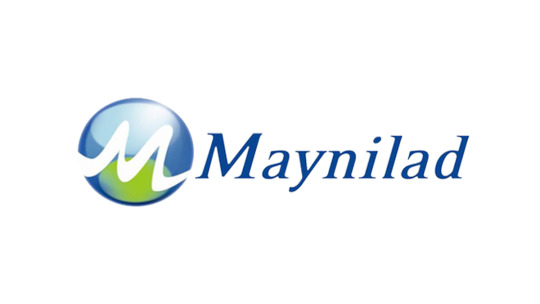
View On WordPress
#Alabang#Barangay Poblacion#business#BusinessWorld#Carlo Carrasco#City of Muntinlupa#drinking water#economics#economy#Kaliwa Dam#Maynilad#Metro Manila#Metropolitan Waterworks and Sewerage System Regulatory Office (MWSS-RO)#Muntinlupa#Muntinlupa City#news#Philippines#Philippines blog#summer#water#water purification#water supply#water treatment#WordPress#WordPress.com
0 notes